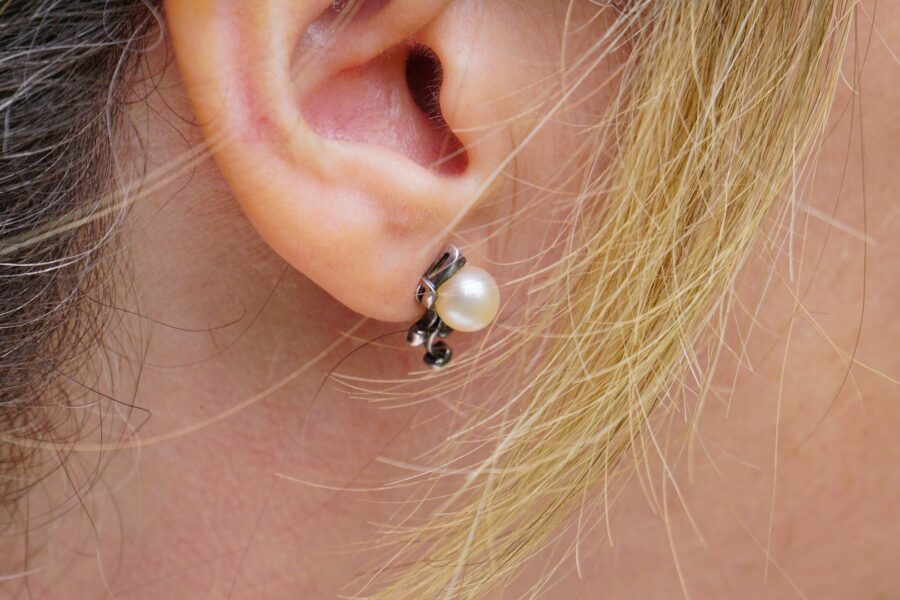Ear piercing among people, including healthcare workers, is a common trend.
Katsuse et al, attempted to make a correlation between ear piercings and healthcare-associated infections. In order to prove this relationship, researchers sampled the earlobes and fingers of 200 nurses working at a university hospital. 128 of those nurses had pierced earlobes and 72 of the nurses sampled did not. When sampling the fingers, the fingers on the dominant hand were used for all nurses. The results are in the table below.
| Pierced earlobes (128 nurses) | Not Pierced (72 nurses) | |
| Staphylococcus aureus on ears | 24 | 7 |
| Staphylococcus aureus on fingers and earlobes | 12 | 3 |
| MRSA isolates from earlobes | 6 | 2 |
| MRSA from fingers | 5 | 1 |
| MRSA from earlobes and fingers | 3 | 1 |
| Enterococcus faecalis | 1 (earlobe and finger) | |
| Morganella morganii | 1 (ear lobe) | |
| Pseudomonas aeruginosa | 6 (fingers) | |
| Acinetobacter species | 6 (fingers) |
The results showed that nurses with pierced ears were more likely to test positive for Staphylococcus aureus and MRSA on both their ears and fingers. The study concludes, based on these non-statistically significant numbers, that contamination and cross transmission can occur when fingers contact the earlobes. Since the same S aureus PFGE type was found on the earlobes and fingers, the authors deduced that pierced earlobes can be a source of hospital acquired infections.
They also concluded, that since more nurses with pierced ears also had MRSA isolates recovered, that pierced earlobes are a risk factor for MRSA carriage. The researches then used this information to determine that indirect transmission can occur when health care workers wear a name badge strap because removal of the strap may lead to contact with the earlobe and result in the spread of bacterial, although they could not prove this association.
Some comments from our journal club discussion included:
- There is no data to differentiate persons who are colonized vs transient carriage.
- There is also no consideration of other variables such as recent antibiotic use, current hygiene practices(including adequate hand hygiene with patient care, which should negate the risk of hand carriage), and frequency of earring changes and cleaning or a multitude of other factors that may affect isolation of organisms from body parts.
- The authors in this article drew conclusions, with inadequate evidence, that:
- Pierced ears may cause transmission when they come into contact with name badges
- Pierced ears may cause hospital associated infections.
Will we be changing policies regarding earrings based on this study – not at all. Earrings and piercings may have a relationship to MRSA coverage, but this study falls quite short of proving that. It also is unable to provide a clear increased risk of healthcare-associated infections relating to earring use.
Article chosen, presented and reported in this blog by Alisha Dorn, Infection Preventionist. Edited by Dr. Kelly Cawcutt.

Thanks for sharing.